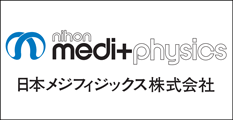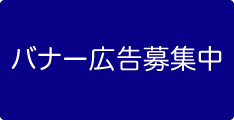8.2.8 炭素線による発がん8.2.8 Effect of carbon ions on carcinogenesis
量子科学技術研究開発機構放射線医学総合研究所放射線影響研究部Department of Radiation Effects Research, National Institute of Radiological Sciences, National Institutes for Quantum and Radiological Science and Technology ◇ 263–8555 千葉県千葉市稲毛区穴川4–9–1 ◇ 4–9–1 Anagawa, Inage-ku, Chiba 263–8555, Japan



